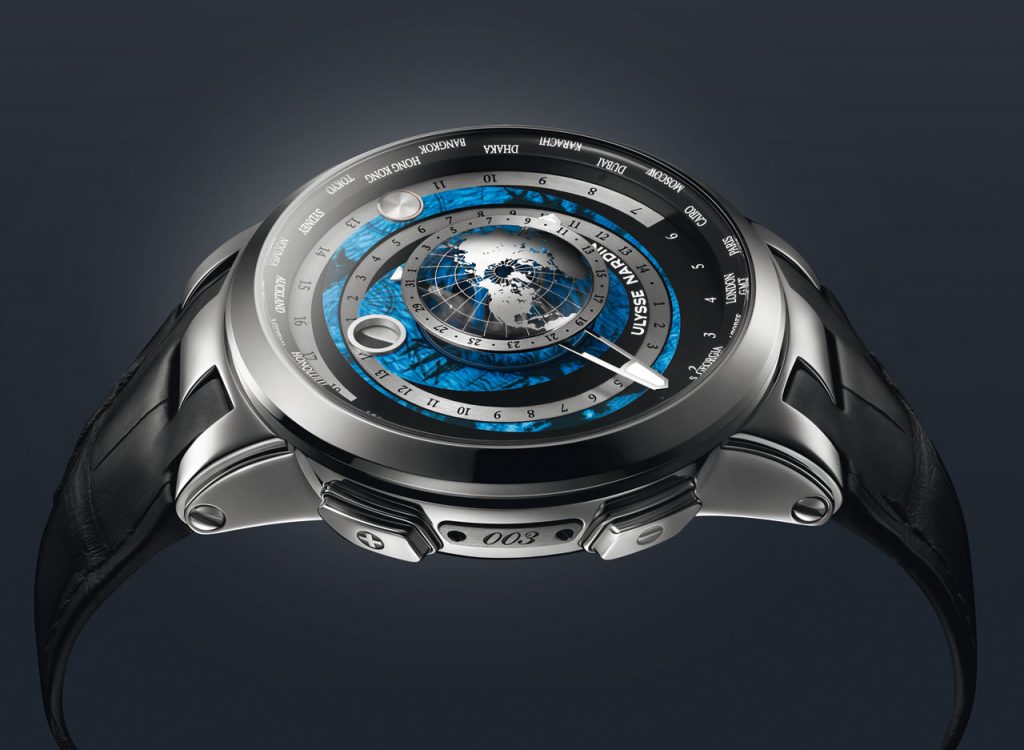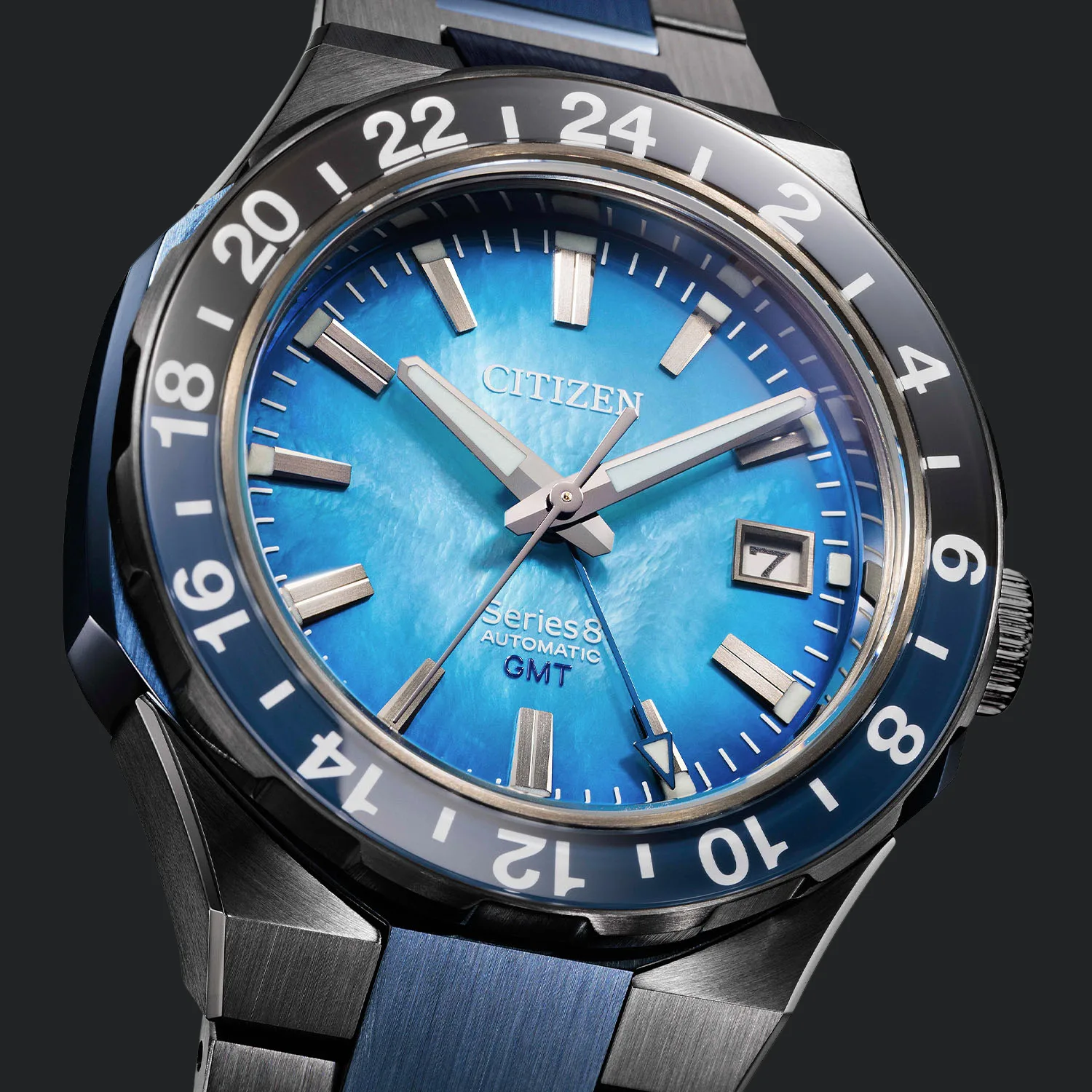By Jovan Krstevski
We have seen quite a few worldtimers and they have always impressed us not just with their complexity (mostly so) but with their distinguishing uniqueness. Some worldtimers appear classic with the sole purpose of simplifying worldtiming while others pride themselves with super complexity that knows no bounds. The latter can be said with the new Moonstruck Worldtimer from Ulysse Nardin. This is a beast of a worldtimer not measured by its size (which is, of course, large at 46 mm case) but with its intended design. It is the only watch capable of depicting the movements of the moon and the sun in relation to the Earth together with a map of the tides. As far as we are concerned, this is extremely difficult to design more so achieved but here it is waiting to be strapped on your wrists thanks to UN.
With all the hype just mentioned above, the question now is what really makes it tick? At the heart of the Moonstruck Worldtimer is the impressive self-winding calibre UN–106 equipped with silicium technology entirely designed and produced in-house. It also offers a date function seen on a track encircling the world map. Beating at 28,800 vibrations per hour, it cranks up to 50 hours of power reserve. Now that we know what makes it tick, let’s go with all the nitty gritty details of the watch.
The platinum or rose gold case looks rather large at 46 mm but it is just perfect for its design. There is a ton of information presented on the dial so a bigger case really helps with that. The case also features sapphire crystal on both faces with screw down security crown at 3 o’clock. The handiest feature here is, of course, the push buttons at 8 and 10 o’clock enabling the wearer to quickly move the time forward or backward in one-hour increments. We see this case in the traditional watches of UN which is pretty much the point here – building on the classics and adding some fascinating new tech. Thanks to the tough built of the case, it has a water resistance of 100 m, very impressive.
Moving to the dial, the indications are plentiful. Found at the centre is the Northern Hemisphere depicted above the North Pole. The 6 o’clock in London marks the Greenwich Mean Time (GMT). There are 3 concentric discs that move around the fixed world map.
The outermost circle has a symbol that represents the sun. This disc completes one revolution in 24 hours and sweeps over a display of 24 time zones. It is also equipped with a day or night indicator. The markings control the Worldtimer function which allows the wearer to simultaneously display the time in the 24 cities inscribed on the internal flange, very instinctive for those with this kind of watch.
As for the moon phase, it appears on a lower orbit helped by 2 discs working together. The top disc functions as a circular window displaying the position of the Earth’s satellite while the bottom disc in gold displays the changing phases of the moon. Using 2 discs allows Ulysse Nardin to achieve such a high level of precision giving the watch a time lag for each lunar month of just 5.7 seconds per day or one day in 40 years. Other unique features included in the dial is the map of the tides. One can say it is the result of the moon and the centrifugal forces exerted by the rotation of the Earth as depicted on the dial.
There will only be 100 pieces of the Ulysse Nardin Moonstruck Worldtimer to be produced and it retails at Swiss Francs 95,000 in platinum (ref. 1069–113/01). For more info, please visit ulysse-nardin.com



